Editor’s note: Welcome to Icon vs Underdog – a new series where we look at whether you can find the thrills of an iconic but expensive classic hero in a more attainable package. If you have suggestions for comparisons, add them to the Comments and we’ll get to work… James Mills
Short of sports cars or supercars there’s probably no more appealing category of classic car than a compact, sporty saloon. With practicality to carry people and stuff but enough poke and handling balance to dispatch a country road, they were the everyday performance cars before the hot hatchback was even a twinkle in the eye of Simca, Renault, Volkswagen… well, whoever invented the hot hatchback, anyway.
And while the roads and race tracks overseas were full of BMW 2002s, Alfa Romeo GTs, Datsun 510s and more, it was the Ford Escort RS2000 and Triumph Dolomite Sprint which stood out most vividly on British soil. They still do today, but popularity, reputation and heritage mean the two have now wildly diverged in value.

What does that mean? Well, that in theory, you can pick up a Triumph Dolomite Sprint, and enjoy much of what is offered by the Escort for a lot less cash. But what do you actually get for that money, and just what should you pay for each? Read on to find out.
The basics
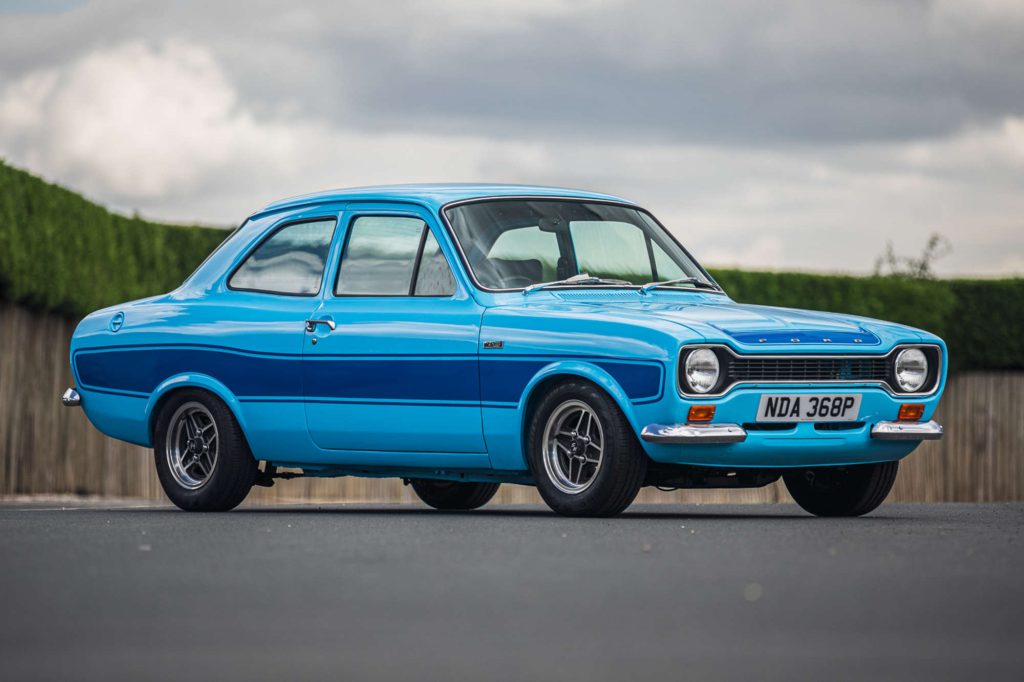
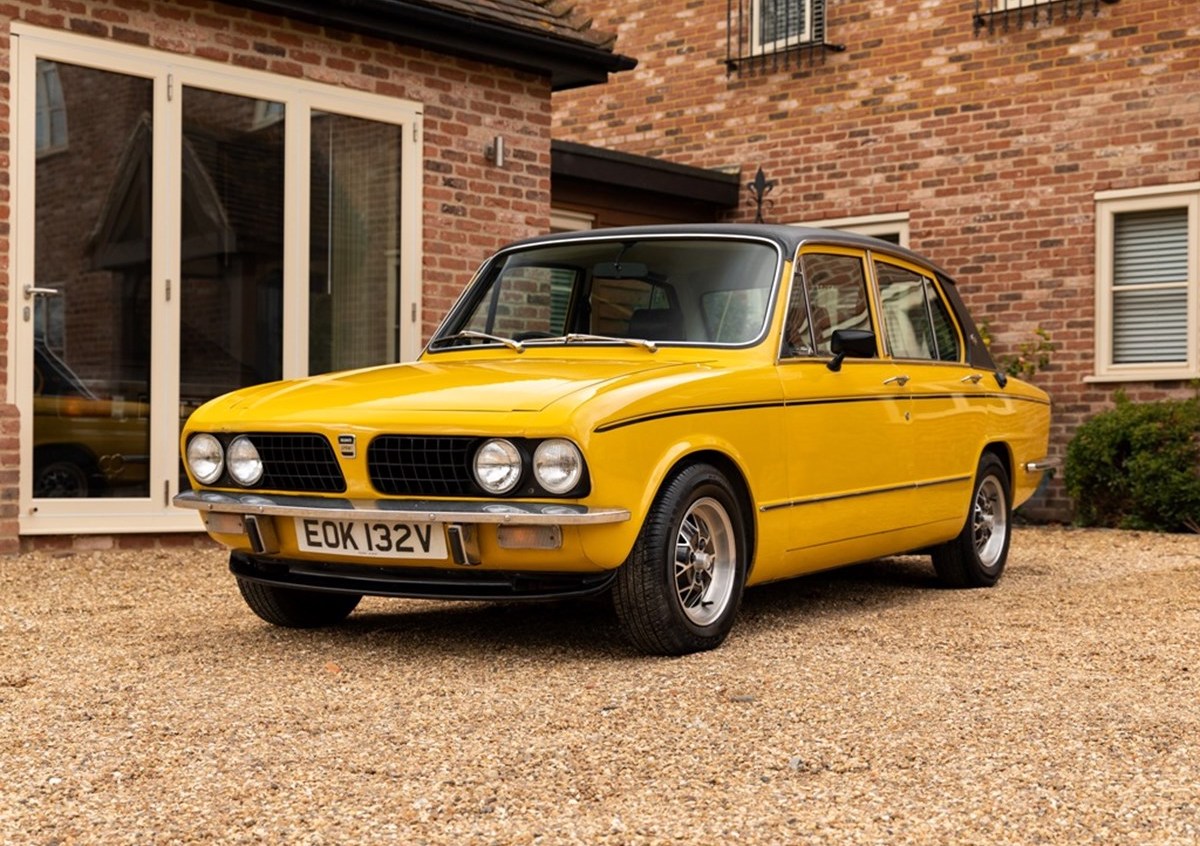
The Escort was a hugely important car for Ford, launched in 1968 to replace the evergreen Anglia – a nameplate that had been a mainstay of Ford’s range since the 1940s. Ford toned back the Anglia 105E’s Transatlantic styling, instead going for a straightforward but handsome three-box shape. Rear wheel drive was retained, but several more engines were offered, culminating – with the RS2000 – with a 2-litre ‘Pinto’ unit.
The Dolomite was more evolution than revolution, a development of the similarly-styled Triumph Toledo, though it also served to replace the front-wheel drive 1300 and 1500. Italianate styling courtesy of Giovanni Michelotti had its roots in the 1960s but updates kept it fresh, while a 91bhp, 1.8-litre ‘slant four’ gave it useful performance – something that would be expanded upon further with the Dolomite Sprint in 1972, giving Triumph a real rival to the BMW 2002, Alfa Romeo Giulia GT – and the RS2000 launched the same year.
With a 2-litre engine up front, drive to the rear wheels and a manual gearbox in between, there’s initially little to split the RS2000 and Dolly Sprint on paper. Things don’t change much when you look at the suspension: both have struts with coil springs up front, and a live axle at the rear, though the Dolomite does deviate here with trailing arms and coils to the Escort’s leaf springs.
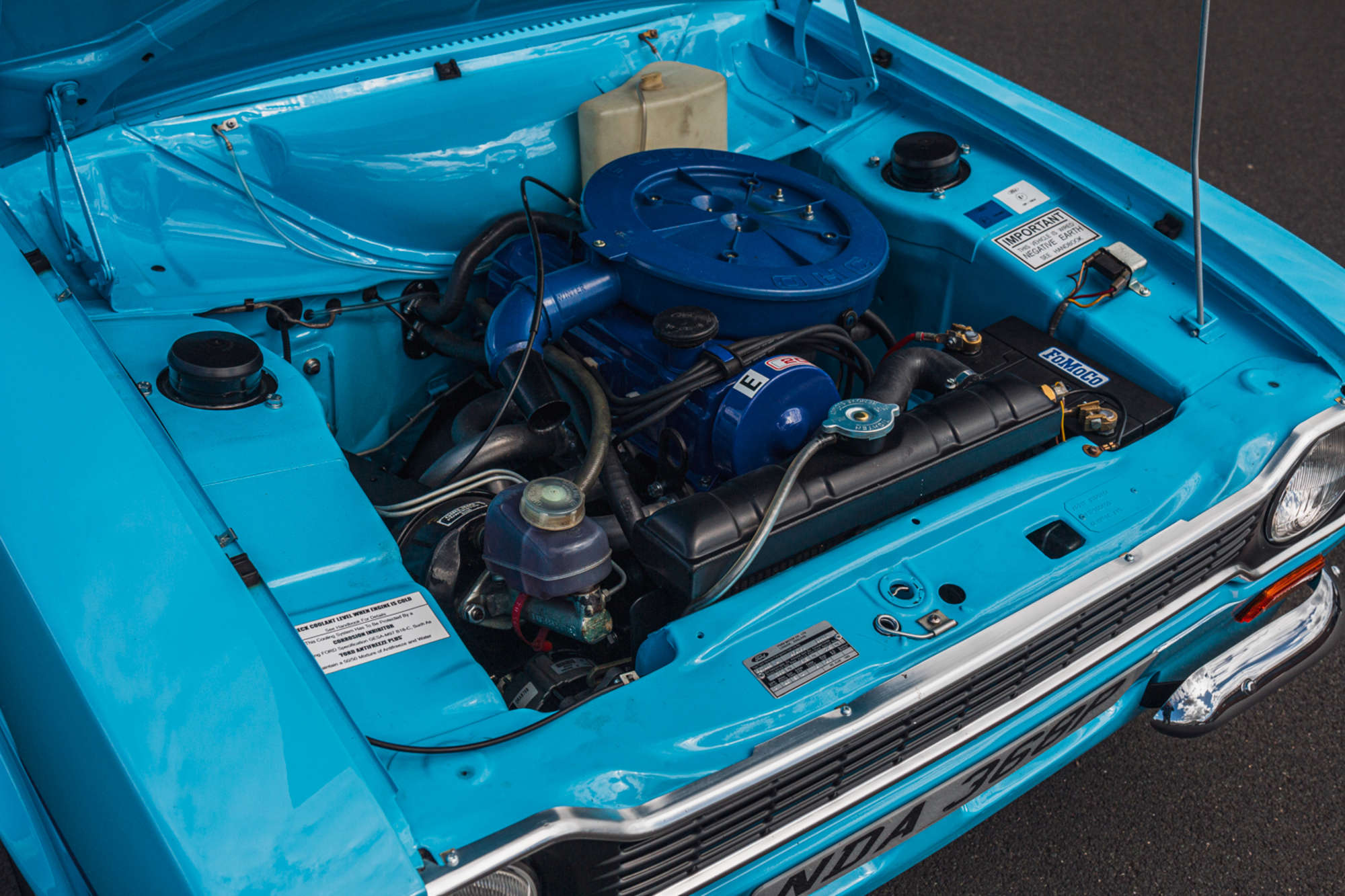
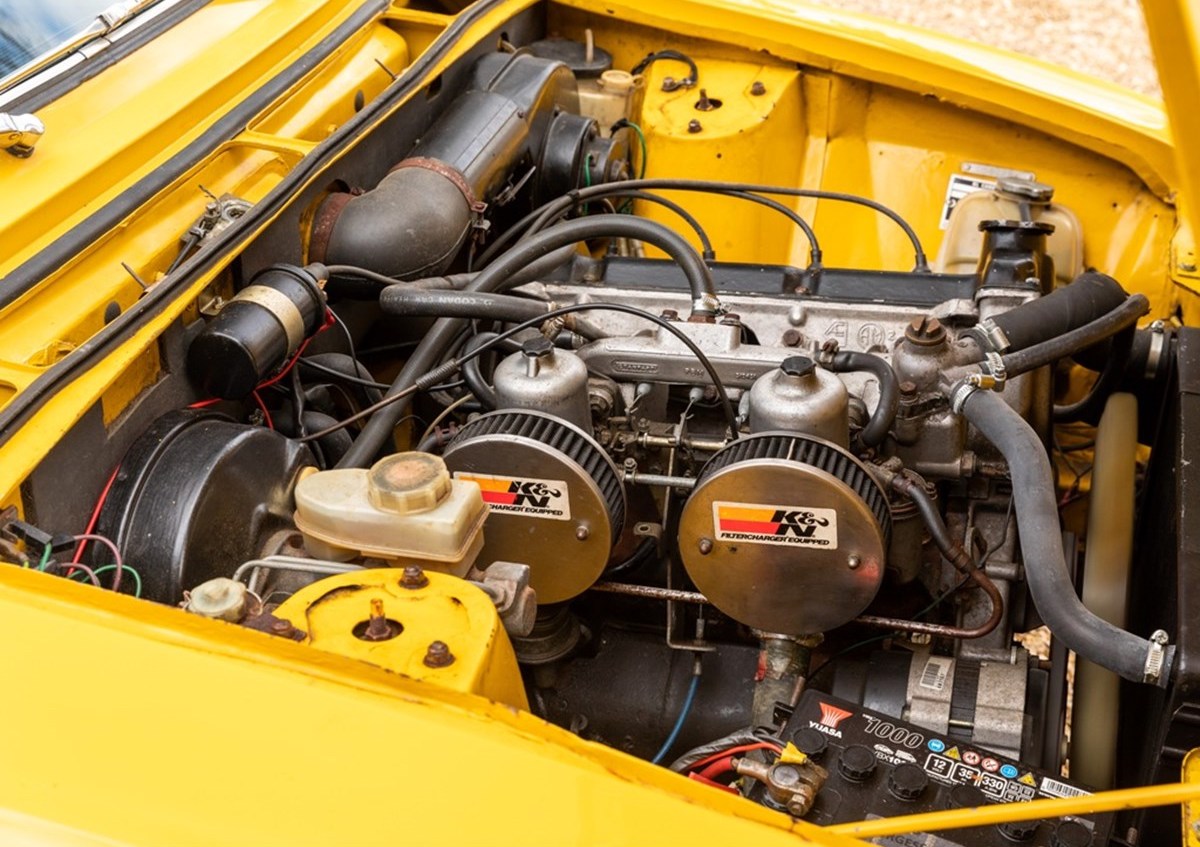
From there though things begin to diverge, and in many respects it’s the Dolomite that looks like the better prospect. They differ on doors; the Triumph has four of them to the RS2000’s two, and that’s a matter of personal preference. Both are still usefully practical despite their performance bent.
But taking a look at the engines again, the Triumph pulls ahead both figuratively and literally. While both have single overhead camshafts, it was the Triumph that brought a full 16 valves to the mass market, something not even Alfa Romeo offered.
And like for like, it offered a big power advantage: 127bhp at 5700rpm to the Ford’s 99bhp at a similar 5750 revs. The Sprint has more torque too, albeit delivered a little higher up the rev range – 122lb ft compared to 108lb ft. Ford did of course offer a rortier Escort powered by the Lotus twin-cam, but those are on another level again for price. In theory, a Sprint will… sprint to 60mph in around 8.5 seconds, to the Escort’s nine.
The Ford fights back with a strong aftermarket to upgrade any of the parts mentioned above (and more), on a scale the Triumph aftermarket couldn’t hope to match. But on stats alone, a standard Dolomite is more than a match for the RS.
Why you’ll want one
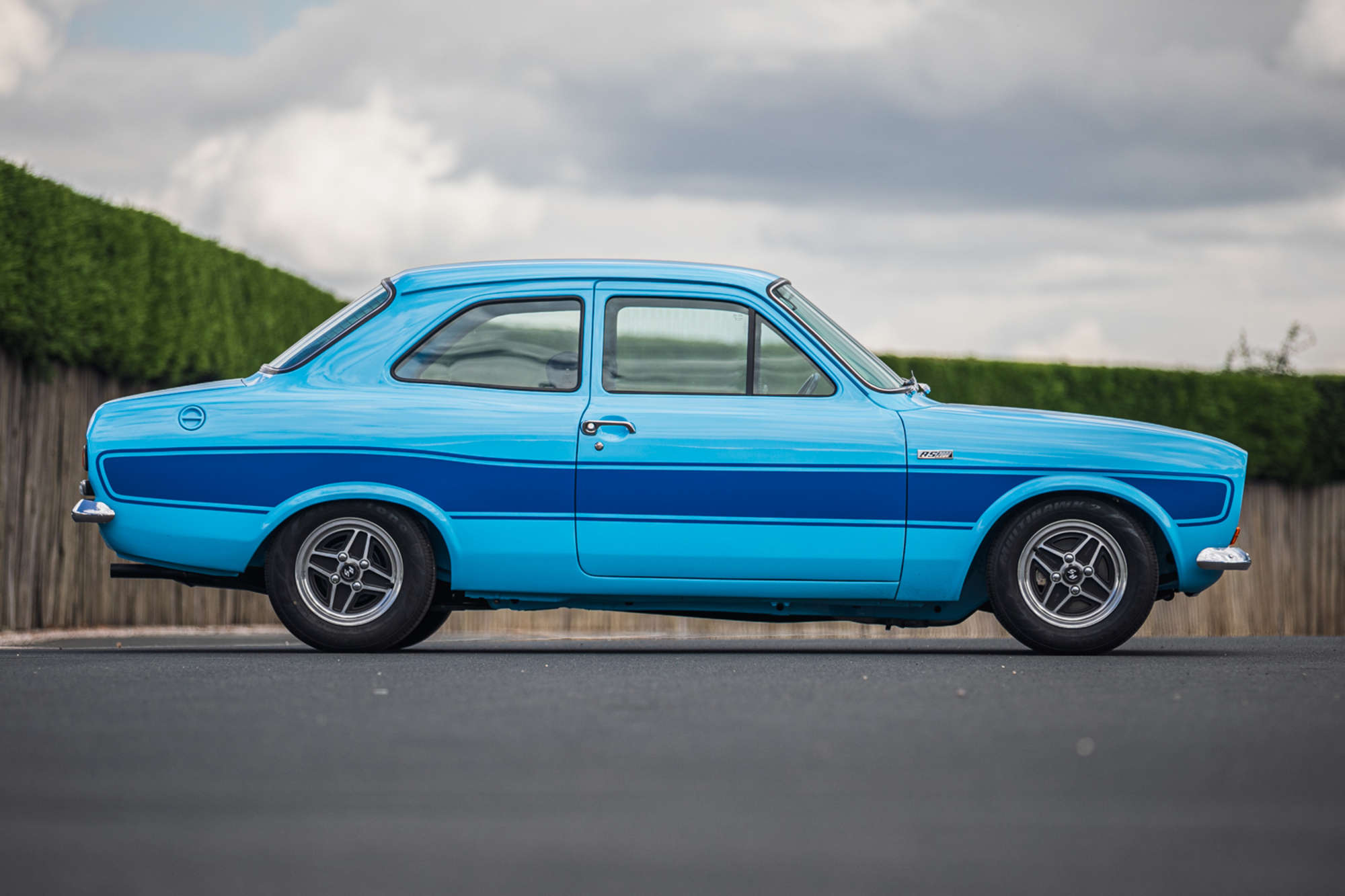
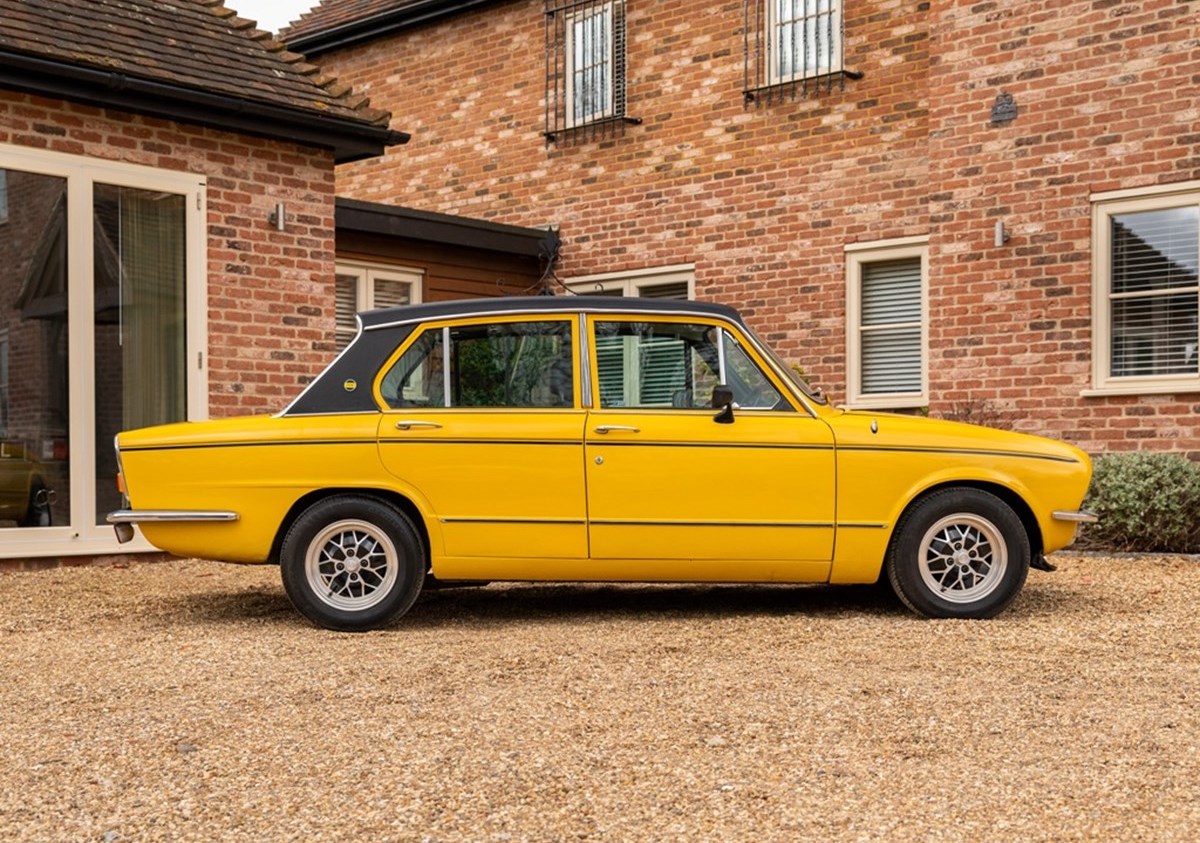
Just for a second, imagine you know absolutely nothing of the Ford Escort and its backstory, its rallying success, and come at the RS2000 afresh: what does it have to offer?
If you still come to a conclusion that’s anything other than “plenty”, then you might be reading the wrong website. Here is an attractive two-door saloon that weighs less than a Mazda MX-5 and is capable of reaching 60 in around nine seconds, while still comfortably seating four people.
What that doesn’t tell you is that it also has a beautifully-balanced chassis and, if you’ve ever wiggled one around the gate, one of the great gearshifts – certainly by occasionally recalcitrant classic car standards. And then you open a book on rallying and discover just who has driven the things in the past, and who continues to drive them now – more than a few current WRC stars have an RS2000 stashed away for hobbyist rallying outside of their day jobs.
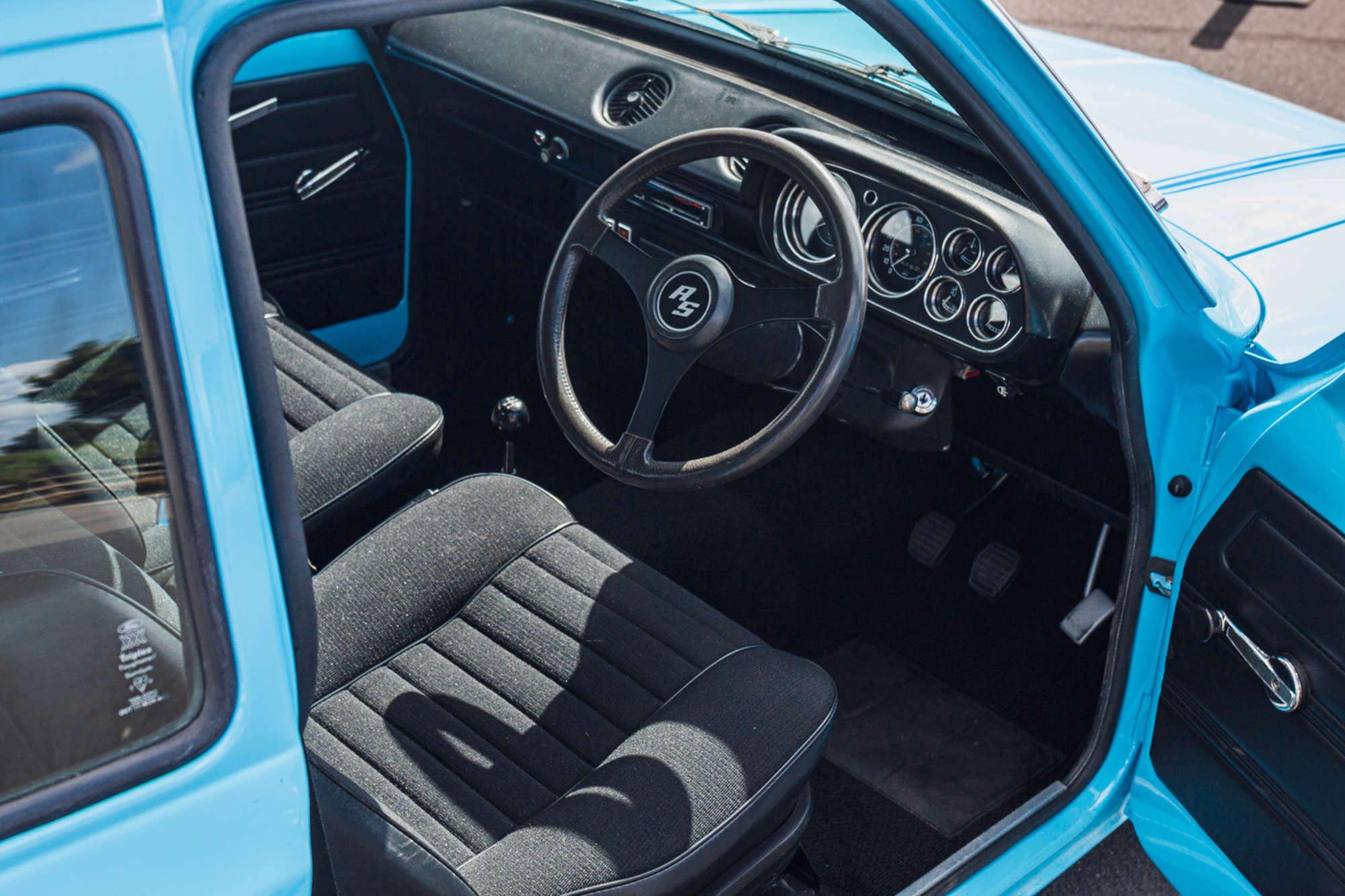
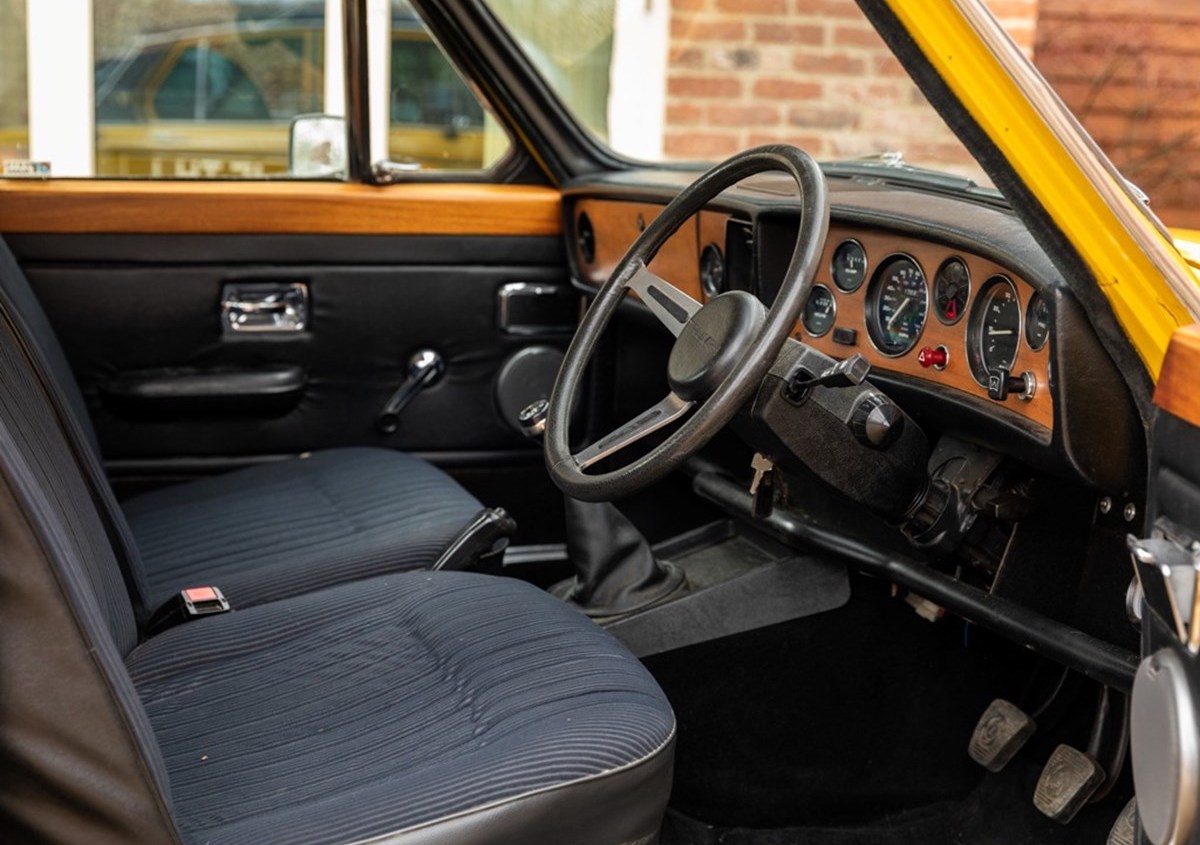
The Dolomite’s appeal is easy to understand too, with a sharky, BMW-esque look to the nose. A sleek coach line sweeps from the very front to the very back, and that rear end has a neat kamm-tail look. While the Mk2 Escort from 1974-on suddenly made the Dolly look every bit a car from the 1960s (and the rakish droop-snoot RS2000 from 1976 even more so), the Triumph’s shape is ageing well.
Inside, they also appear cars from slightly different eras. Use of plastic was already widespread by this point and both use plenty, though the Ford clearly has a more vintage feel, with a pared-back dash and small instrument pod. The Dolly is, once again, more BMW-like, with a curved, driver-focused instrument cluster and a more prominent centre console, albeit with a very traditional use of wood veneer.
The Sprint also had a slightly different remit in competition, being more prominent on the race tracks than the rally stages. There was an official British Saloon Car Championship entry from Triumph between 1974 and 1978; the combination of Andy Rouse and Tony Dron lifted a manufacturer’s title in ’74, and Rouse won the driver’s title the following year.
Values
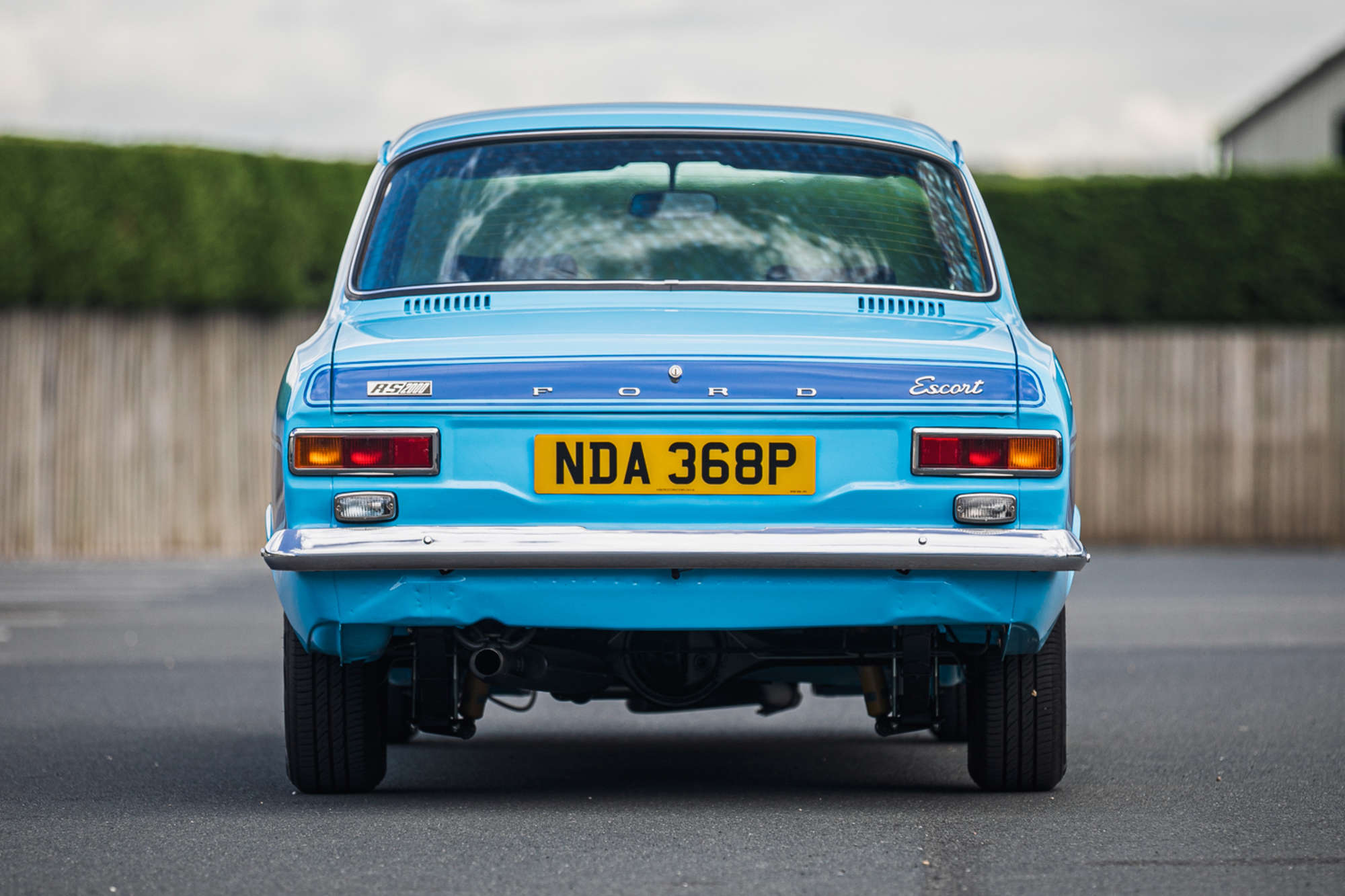
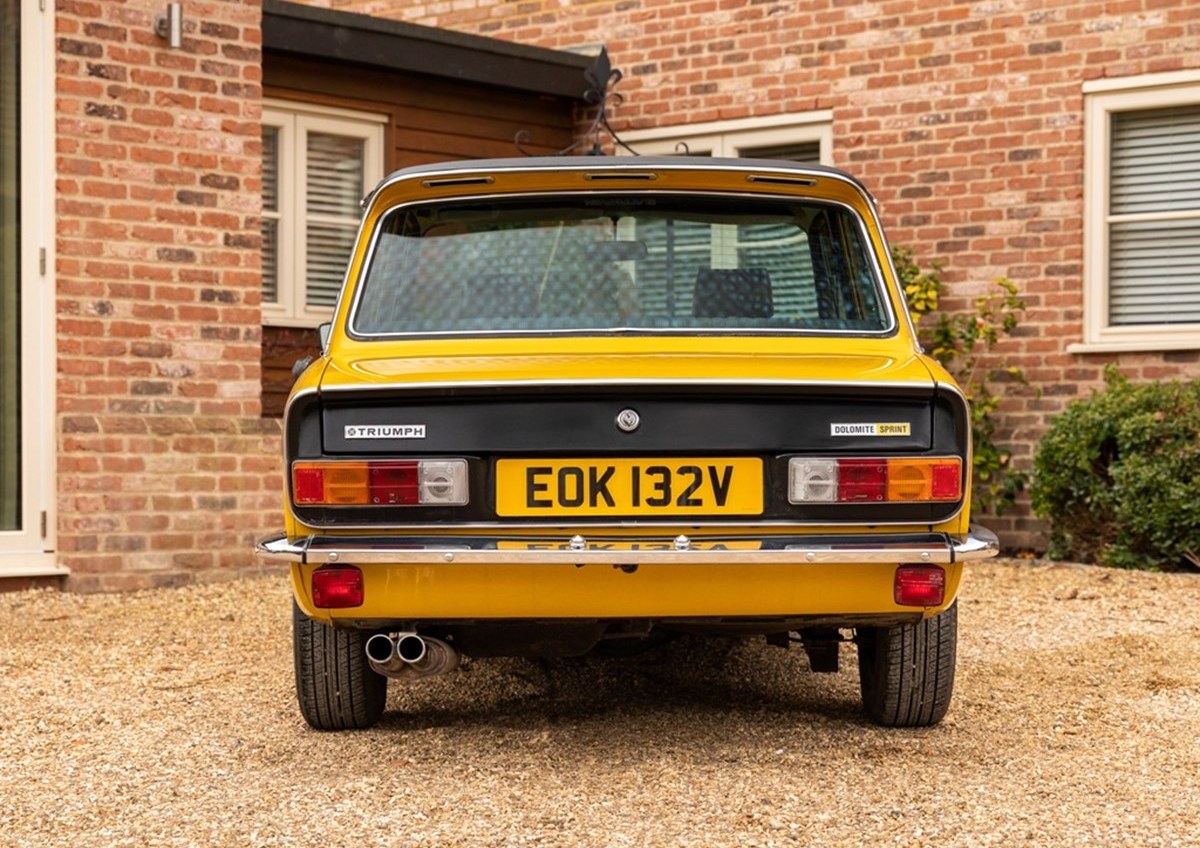
The Dolomite Sprint is a car that has been increasing in value almost unnoticed over the last few years, writes John Mayhead, editor of the Hagerty Price Guide. Back in 2017, the UK Hagerty Price Guide listed the model as being worth between £2200 and £9000. Today, that’s risen to ‘fair’ cars being worth £5300, and top cars up to £18,800. As an average, prices have almost doubled, up 99 per cent, with condition 2, ‘excellent’ models up 81 per cent in five years.
At the very top, a couple of big recent auction sales have shown what prices buyers are now willing to pay for good examples. Both have been at Historics Auctions: a concours-winning, ex-Works Sprint sold last September for a road-going model record of £19,040 and this July, a car we’d describe as being in ‘Good’ condition sold for a very strong £13,018.
Worldwide, the number of Dolomite Sprints that Hagerty covers has been increasing, up by 67 per cent in the past five years. Interestingly, almost all of these are for younger buyers (born since 1965) with very little change in the number of older owners. These younger ‘Generation X’ buyers also tend to purchase the more expensive cars, spending an average of 61 per cent more than the older owners.
In percentage terms, the Ford Escort RS2000 hasn’t quite increased as much in the UK Hagerty Price Guide as the Dolomite Sprint, but it is still impressive: a five-year average gain of 45 per cent for the Mk I and 57 per cent for the Mk II. That said, it’s a more valuable car than the Dolly, with Mk I cars ranging from £20,300 to £61,500 and Mk II from £19,000 to £53,400.
However, where the Dolomite has been increasing rapidly in the last couple of years, value growth of the RS2000 seems to have slowed. Since 2020, UK Hagerty Price Guide values of the Mk I have increased on average by just 7.6 per cent. Auction results have been similarly inconsistent, with only 60 per cent of those offered this year selling, compared with an average for all cars of around 76 per cent. Interestingly though, the number of younger buyers has also increased: the number Hagerty insured has risen by around 83 per cent in the past five years with the majority (60 per cent) being ‘Generation X’ owners.
Icon or underdog?
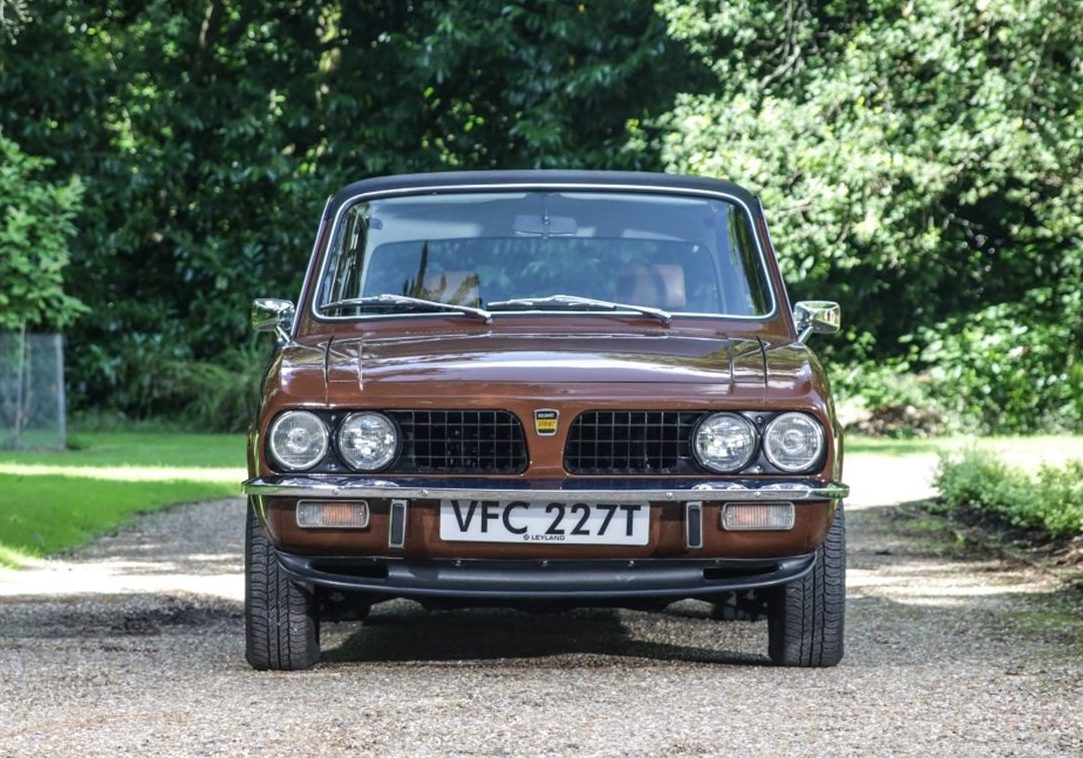
Judged objectively the Triumph is every bit as tempting as the Escort here. It has the measure of the Escort on paper and is hardly wanting for competition pedigree, but it’s vastly more attainable for the average enthusiast, and likely to deliver just as much fun and pride of ownership on the road.
If you can stretch to the Escort though, it’s easy to see why you might. RS2000s simply tug at the heart strings for more people, thanks to their enormous popularity and the kudos of drivers such as Roger Clark and Ari Vatanen who rallied them in period. Then again, if you cheered on the Dolly Sprint at circuits across the UK, you’ll doubtless turn misty-eyed at the sight of one today.
Despite their prices RS2000s still have blue-collar appeal too – nobody will dismiss you as a flash git for driving an old Escort, not that you’re likely to get any ire in the Triumph either. And that enormous aftermarket is a heck of a draw – from everyday maintenance parts to going to the likes of MST and ordering an entire, brand-new car, the Escort is hard to beat.
And while prices are high, there still seems to be room for growth, as Hagerty’s figures show. While that’s not great for prospective buyers, it’s reassuring if you’ve already got an Escort hidden away. The Dolly is also on the up-and-up, but the jumping-on point is lower – at least for the time being. Ten grand can still get you into a Sprint – something not lost on those younger owners. How much longer will that last?
There’s a reason Escorts are so popular, but if you’ve no particular brand allegiance and simply seek an entertaining, good-looking classic that can poke the tail out on the occasional wet roundabout, it’s reassuring to know the Dolomite Sprint offers many of the same qualities for a whole lot less money.
Read more
Buying Guide: Triumph Dolomite Sprint
Princess Diana’s Ford Escort RS Turbo sells for £725,000
Little red devil: MST Mk2 Escort review








Great read and glad to see that the underdog is finally getting a fair trial.
To be honest whenever I go to classic car events I walk past the the Escorts having seen that many in the past. The Mk1 Escort was the first car i ever owned and did major work on (part restoration) and couldn’t believe how….un-complicated these were.
I remember a time when rarity and innovation counted and was truly respected regardless of what type of car it was. These days unless it’s worth mega money the lesser get forgotten and just fade away with owners not investing in their upkeep due to the amount of loss.
Icon vs underdog……. Ford Sierra RS Cosworth 204 bhp YBD Turbo or even the later YBG/YBJ against the Vauxhall Calibra 204 bhp 4×4 Turbo
The Dolomites twin wishbone front suspension is nothing like the Ford’s. Aimed at a different market altogether.
Depends if you look after your own car-the 16v Dolomite is complex,and boy,when it goes wrong ,you have valves stuck through pistons! The Pinto is bombproof,I’ve had a couple shed the cambelt and survive!
Vauxhalls offering was the 2.3 litre Frienza which was a pretty car, even better in droop snoot form and later on the HS Chevette a lot more modern with a twin cam 16v 2.3litre engine and a more modern hatchback body but Vauxhall suffered badge appeal and poor marketing!
The Dolomite was more a competitor to the Alfa Giulia saloon, rather than the GT.